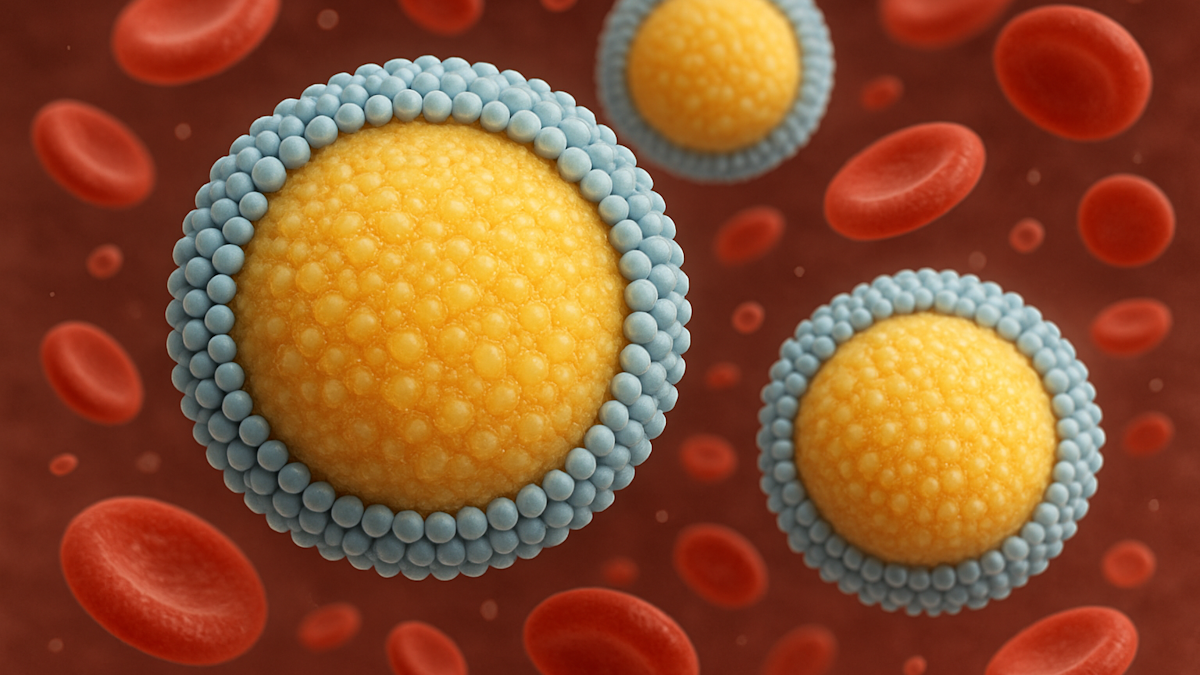CorrectSequence Therapeutics Co., Ltd. (Correctseq) has announced that the first patient in its Investigator-Initiated Trial (IIT) of the base-editing therapy CS-121 targeting APOC3 for chylomicronemia/hypertriglyceridemia has successfully completed dosing and been discharged from the hospital.
The patient, diagnosed with chylomicronemia, had a long history of fasting triglyceride (TG) levels exceeding 12.5 mmol/L and recurrent acute pancreatitis. In the dose-escalation IIT for CS-121, his fasting TG level dropped significantly within three days after a single low-dose administration, with no adverse events.
This is the world’s first successful clinical treatment of hyperlipidemia with the gene-editing therapy targeting APOC3.
Chylomicronemia is a metabolic disorder characterized by abnormally elevated chylomicrons in the blood, associated with lipid metabolism dysfunction, leading to extremely high fasting TG levels and potentially life-threatening complications such as acute pancreatitis. It is the most severe subtype of severe hypertriglyceridemia (sHTG), including familial chylomicronemia syndrome (FCS) and multifactorial chylomicronemia syndrome (MCS). FCS is a rare autosomal recessive disorder caused by biallelic mutations in the lipoprotein lipase (LPL) gene or other key regulatory genes, with fasting TG ≥10 mmol/L (885 mg/dL) and a global prevalence of 1 in 100,000–1,000,000. MCS results from a complex interaction of genetic, lifestyle, or metabolic disorders with a prevalence as high as 1 in 600 worldwide.
Current treatments for chylomicronemia primarily aim to control fasting TG levels below the acute pancreatitis risk threshold (<5.7 mmol/L or 500 mg/dL), but available triglyceride-lowering medications are often insufficient, and very-low-fat diets are hard to maintain in a long-term manner.
Scientific studies have shown that the APOC3 protein, produced in the liver, plays a central role in TG regulation. Large-scale population analyses have shown that individuals carrying natural APOC3 loss-of-function mutations have significantly lower TG levels without adverse effects. With advances in gene-editing technologies, it is now possible to therapeutically modulate APOC3 expression at the genetic level to lower TG levels — offering a potential curative strategy for chylomicronemia and hypertriglyceridemia.
CS-121, Correctseq’s first in vivo gene-editing therapy for chylomicronemia and hypertriglyceridemia, is based on the transformer base editor (tBE) — a precise base-editing system independently developed by Correctseq’s scientific co-founders. Administered via intravenous injection, tBE is delivered via lipid nanoparticles (LNPs) to the liver and precisely edits the target APOC3 gene. It mimics beneficial natural APOC3 loss-of-function variants to downregulate APOC3 expression and effectively lower plasma TG levels. By addressing the disease at the genetic level, this therapy aims to achieve “one-time treatment, lifelong efficacy.”
CS-121 utilising the next-generation tBE technology, which enables precise single-base correction without DNA double-strand breaks, offering superior safety over the gene-editing therapies based on CRISPR. tBE avoids potential safety risks such as p53 activation, chromosomal damage, off-target effects, and liver toxicity caused by DNA double-strand breaks. Preclinical animal studies showed excellent safety and long-term efficacy, with no off-target editing detected in various organs including liver, lungs, muscle, spleen, ovaries, heart, and kidneys.
The first patient, a 63-year-old male, received a single low-dose intravenous administration. His fasting TG levels dropped significantly within three days after the treatment, and he was discharged three days post-treatment with no treatment-related adverse events to date.
The principal investigators of the CS-121 IIT are Professor Huan Zhou and Doctor Zhili Wu from the First
Correctseq, an innovative biotechnology company at the IND clinical stage, previously developed CS-101, an ex vivo gene-editing therapy that has successfully treated dozens of patients with β-thalassemia and sickle cell disease. The company is advancing the first in vivo gene-editing therapy CS-121 toward IND clinical trials and commercialization, aiming to offer “one-time treatment, lifelong efficacy” treatment for patients with chylomicronemia, hypertriglyceridemia, and other metabolic disorders.
Jim Cornall is editor of Deeptech Digest and publisher at Ayr Coastal Media. He is an award-winning writer, editor, photographer, broadcaster, designer and author. Contact Jim here.


